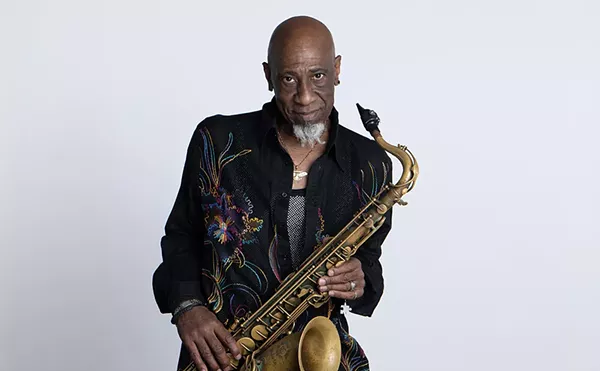
Audio By Carbonatix
[
{
"name": "GPT - Leaderboard - Inline - Content",
"component": "35519556",
"insertPoint": "5th",
"startingPoint": "3",
"requiredCountToDisplay": "3",
"maxInsertions": 100,
"adList": [
{
"adPreset": "LeaderboardInline"
}
]
}
]
Take a moment and consider this simple-minded question: Is there a difference between Dracula, Frankenstein, Dr. Jekyll and Mr. Hyde, The Picture of Dorian Gray, Snow White, Alien, Night of the Living Dead, Pet Sematary and the Nazis? At first glance, the distinction is clear: art-horror versus natural horror. To put it more precisely, horror generated by art versus real-life horror, a category of ordinary language by means of which we recognize historical blunders, numbing experiences, massacres and other such "events" which deface the world a little more every day.
A second glance, however, reveals significant differences between Dracula (uncanny gothic romance) and Frankenstein and Dr. Jekyll and Mr. Hyde (mad scientist flicks); between The Picture of Dorian Gray (pact with the horny little devil) and Snow White (fairy tale); between Stephen King’s cheesy thrills, the slimy anger of the Alien organism and the livid rage of the undead. But sci-fi, noir, fantastic or gothic, we still call them horror films, indiscriminately, as if a good scare were the only generic requirement, our ticket to supernatural happiness.
In an attempt to correct this view, perhaps, The Haunting tries to rise above its condition, to be more than a stylish horror film which feeds on the weakness of its characters and spectators. But the attempt fails as we are inundated with explanations.
Dr. David Marrow (Liam Neeson) invites a group of young people – vain Theo (Catherine Zeta-Jones), cynical Luke (Owen Wilson) and fragile Nell (Lili Taylor) – to participate in a sleep disorder study, when in fact he conducts an experiment in fear.
Built 130 years ago by textile baron Hugh Crain, Hill House is the perfect maze for Dr. Marrow’s unsuspecting rats: Cavernous, dark and sumptuous, it is possessed by a certain architectural madness which allows for Moroccan, Indian, Baroque and Gothic influences to mix freely. Bronze, gold and copper, metal and stone, deep red velvets and rich brocades contribute to the chilling comfort of the mansion.
But just as beauty takes over, as violets bloom in the hidden corners of the glass house, as white, marble faces open blind eyes to the danger within, we get the final explanation, the one that trivializes the script and kills the mystery, the one we could have done without, which tells us that Nell’s great-great-great grandmother …
And so, another film which could have been great had it refused a perfectly closed, "rational" end, is nothing but a good scare, our ticket to everlasting and mindless happiness.
Send comments to letters@metrotimes.com.





